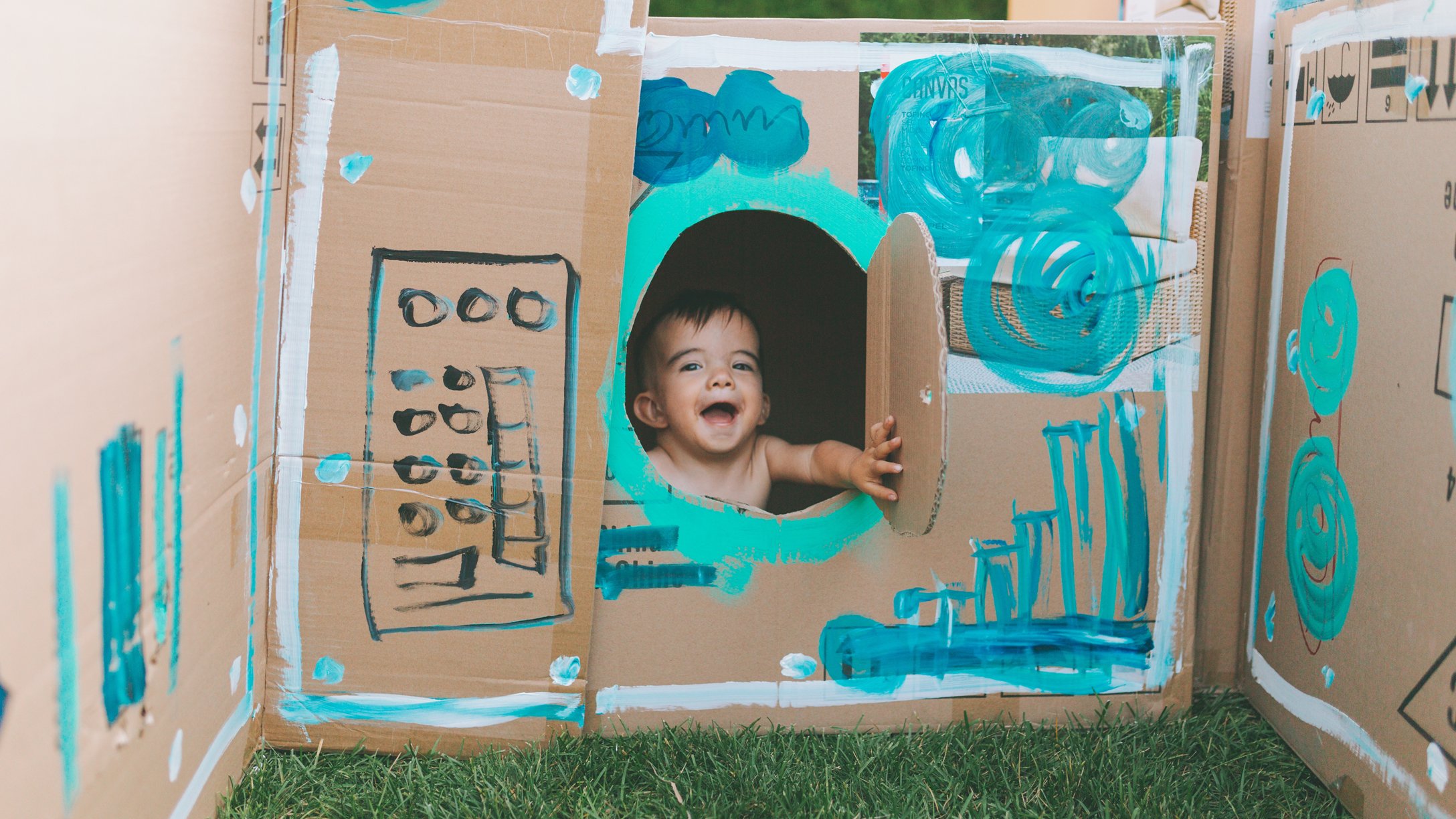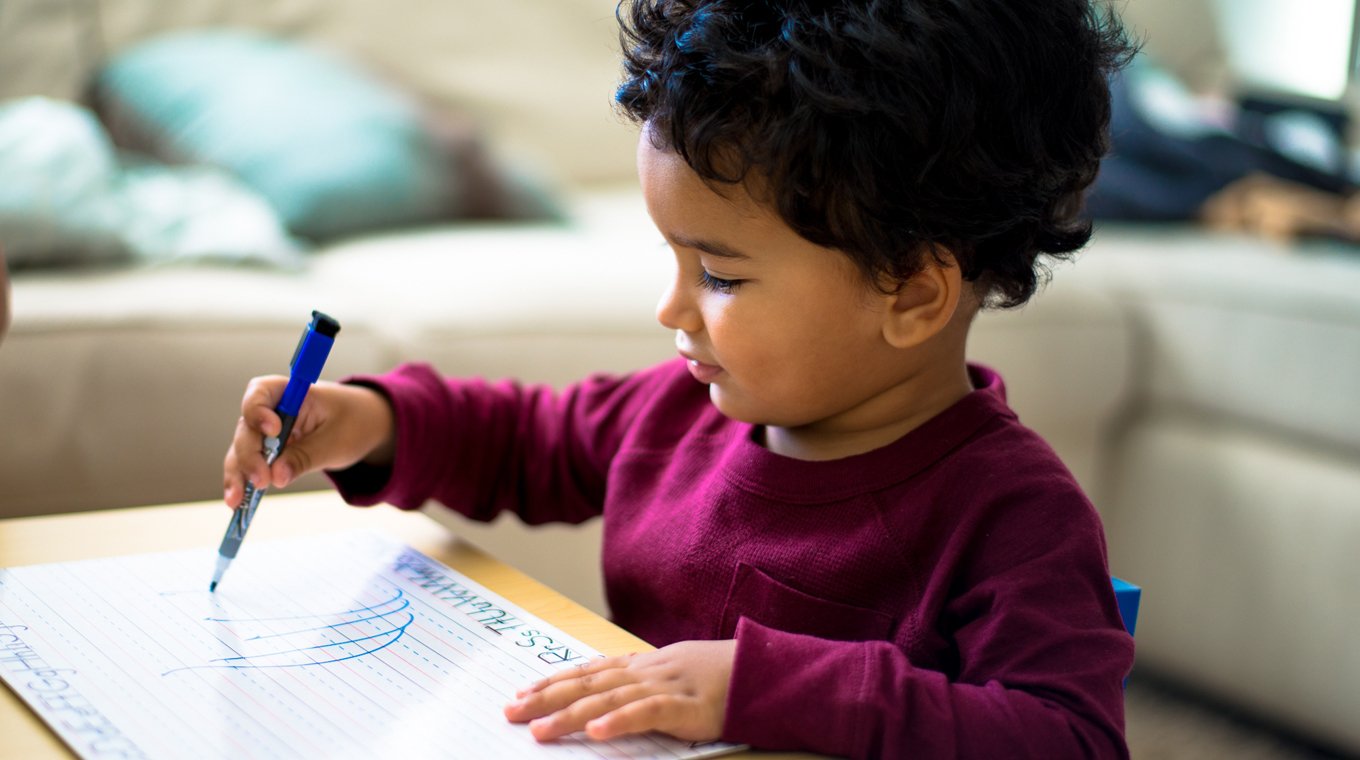
In this article
STEAM — an acronym for science, technology, engineering, arts, and math — is an important part of any child’s education. And it starts even before they enroll in school.
STEAM in early childhood education

Kids start building STEAM skills when they’re babies just by exploring the world around them. As they get older, they naturally incorporate STEAM into their playtime by using blocks and shapes or drawing pictures. They’re gathering knowledge and discovering new things, which is at the heart of all STEAM education.
“STEM for kids is not just about learning facts and figures, it’s about teaching what a life as a scientist can look like,” actress Mayim Bialik, who has a doctorate in neuroscience, told Mom.com. “Starting before kindergarten is brilliant because they are ready to learn, experiment, and play while getting to experience being a real-life scientist.”
STEAM activities to do with your toddler

Twenty20
At 2 and 3 years old, your child isn’t going to grasp complex concepts like how to figure out the value of x or the velocity at which things fall. But that’s not important at this age. STEAM, for toddlers, is about nurturing their innate curiosity and giving them opportunities to interact with their environment.
The trick, Bialik told Mom.com, is to encourage kids “to see the hidden STEM opportunities all around them. When we cook or bake, it’s math and chemistry. When we observe weather patterns or even changes in our body, these are all wonders of the STEM awareness kids naturally have!”
- Go outside — Nature is basically one giant STEAM classroom. Kids can observe plants or insects, describe and draw different clouds, collect leaves and shells to sort by shape and size — the possibilities are literally endless. The U.S. Department of Education suggests asking your toddler open-ended questions about the things they see, smell, feel, and hear outside. What does that cloud look like? What do you think those ants are doing? How does that flower smell?
- Build something — Building blocks are a classic for a reason. They’re simple to use, fun to play with, and great for developing early STEAM skills. As the National Center on Early Childhood Development, Teaching, and Learning notes, children have to tap into their inner engineers to balance and put blocks together, and they have to practice problem solving when the blocks fall down or don’t fit a certain way. The hands-on aspect also incorporates art and technology.
- Set up little experiments — You don’t need fancy lab equipment to wow your toddler. Try showing them what happens when you mix two colors of paint, or take turns putting things in water to see what floats. There are a ton of easy science projects you can do with a preschool-aged kid.
- Play with numbers — You can incorporate the “M” part of STEAM into virtually anything by asking your toddler to count and measure what they see. How many rocks can they find in the garden? How many clouds can they point to in the sky? How many strawberries are left on their plate? Which of their stuffed animals is the biggest? Which stick is the shortest? After a while, you may not even have to prompt them. Erin Kravitz, who has a 2-year-old, says her daughter now just “counts everything around her all on her own.”
- Read books — There are a lot of books, for children of all ages, that focus specifically on STEM/STEAM topics and ways of thinking, but you can also turn your toddler’s favorite picture book into a STEAM learning experience. Ask questions about what they see on the page, or about what they think will happen next. This will sharpen their powers of observation and deduction. You can also try interactive challenges inspired by books, like this STEAM activity based on Eric Carle’s The Very Hungry Caterpillar.
- Use your own powers of observation — Be a good example of STEAM learning by modeling the kinds of skills you want your toddler to learn. Make observations out loud and encourage your little one to do the same. You might say, for instance, “That slide is very tall! How many steps does it have?”
- Sing — Music is a great way to combine the “A” in STEAM with other concepts. Songs like “Old MacDonald Had a Farm” and “Wheels on the Bus” can teach children about patterns, according to the U.S. Department of Education, while songs like “Five Little Monkeys” teach them about counting. If you don’t mind a little noise, you can also have them play and experiment with different instruments so they learn about tools and technology.
- Look for educational toys — Beyond just basic building blocks, there are a lot of products geared toward STEAM activities for kids of all ages. Kravitz subscribes to a toddler tinker box, which delivers regular kits full of age-appropriate activities. “My daughter loves the books that come in the boxes,” she told Mom.com.







